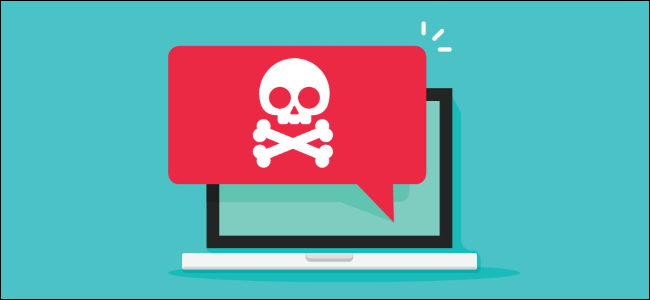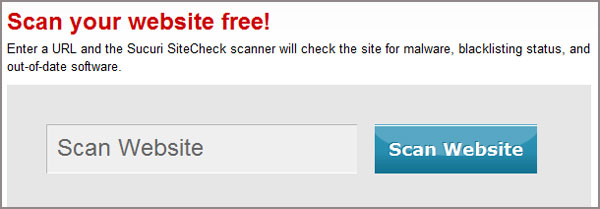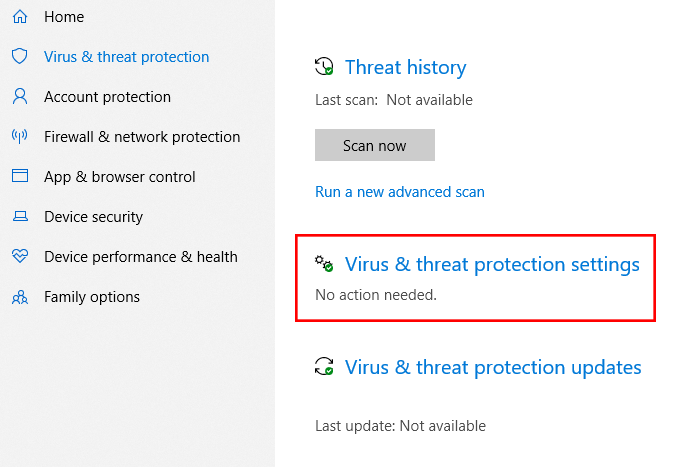
- #HOW TO CHECK FOR MALWARE HOW TO#
- #HOW TO CHECK FOR MALWARE INSTALL#
- #HOW TO CHECK FOR MALWARE SOFTWARE#
- #HOW TO CHECK FOR MALWARE FREE#
Keep your iPad safe by knowing what to watch out for, and protecting it in advance with the advice we’ve provided. IPads are some of the safest devices when it comes to malware and viruses, but they’re still vulnerable to some attacks. Tap or click here for 3 reasons why you should use IDrive for your cloud backup. Try backing up your information with IDrive. If malware gets in, that necessitates you restoring your iPad to factory settings and you’ll be less impeded if you have clean backups available. Backup to cloud storage or your computer. The last way to protect your iPad is to back it up regularly. Also consider clearing your cache periodically so adware gets flushed out before it tricks you, or becomes an annoyance when you use your tablet. That’ll help kick people accessing your device remotely off your iPad.

Restarting your device can sometimes help. Consider getting an anti-virus app like Bitdefender Mobile Security, which can provide a bit more security to your device in the form of remote locks, added web protection and device wipe features. Tap or click here to learn more about ExpressVPN.ĭownload apps only from reputable developers. VPNs keep your identity and browsing history anonymous, among other things. Try using a VPN (such as ExpressVPN) while browsing the internet so it’s harder for your device to be targeted or seen by outsiders. If you devide to do it anyway, make sure you take a few safety precautions. If you want to keep adware, malware and even some phishing scams off of your iPad, you need to stay on top of updates.Īgain, it’s best not to jailbreak your iPad to keep it 100% safe and to keep it repairable, as most Apple Genius bars won’t work to help a jailbroken device. Updates from Apple and app developers come with new security features and direct responses to hacks or bad codes. It’s incredibly important to keep your iPad and your apps up to date.
#HOW TO CHECK FOR MALWARE HOW TO#
Let’s see how to protect an iPad so this doesn’t happen again. If the problem persists, continue checking recent app downloads, or file downloads, and see if uninstalling these fix your problem. Try to find an alternate app for that function in the future. If things are updated and there aren’t issues reported, uninstall the app and see if problems continue elsewhere on your iPad. Were any of them apps from outside the app store, or from a company whose identity you have trouble verifying? If only one app is acting up, the problem might be that app.Ĭheck the developer’s social media pages for any news of issues, and make sure you have the most up-to-date version of the app. If you’re concerned about your iPad’s behavior after you’ve jailbroken the device (which is not recommended), think back to any recent downloads you’ve made. Again, if the address has misspellings or isn’t officially from somewhere you have an account or subscription, it’s very likely a scam and you should report it as spam, then delete it from your inbox. If you’ve received an odd notification in your email, check the email address. That malware/virus warning should now go away, as should any pop-ups. Tap the Clear History and Website Data link on the lower part of the page and tap Clear to confirm your choice. BrowserĬhanges to your browser settings.Once you have your passwords saved, open Settings, then tap Safari in the left menu.
#HOW TO CHECK FOR MALWARE INSTALL#
Make sure you install one that’s highly recommended and comes from a reputable company.

#HOW TO CHECK FOR MALWARE SOFTWARE#
Some antivirus software work better than others. There are one-time purchases while others are subscription-based.
#HOW TO CHECK FOR MALWARE FREE#
Some of these solutions are free while others you’d have to pay for. If you feel like your current antivirus solution isn’t up to the challenge, maybe it’s time to consider installing one of the many malware scanners in the market today.


Old files and possibly malware after a quick scan.
Similarly, look for unusual URLs included in